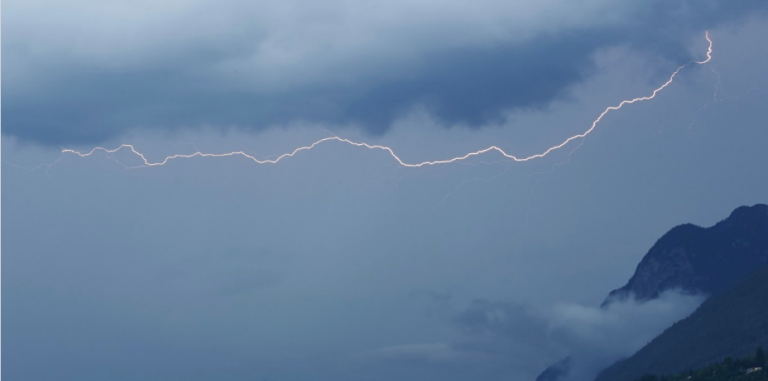China and Russia have modified an important layer of the atmosphere above Europe to test a controversial technology for a possible military application, according to Chinese scientists involved in the project.
A total of five experiments were carried out in June. One, on June 7, caused physical disturbance over an area as large as 126,000 sq km (49,000 square miles), or about half the size of Britain.
The modified zone, looming more than 500km (310 miles) high over Vasilsursk, a small Russian town in eastern Europe, experienced an electric spike with 10 times more negatively charged subatomic particles than surrounding regions.
In another experiment on June 12, the temperature of thin, ionised gas in high altitude increased more than 100 degrees Celsius (212 degrees Fahrenheit) because of the particle flux.
The particles, or electrons, were pumped into the sky by Sura, an atmospheric heating facility in Vasilsursk built by the former Soviet Union’s military during the cold war.
The Sura base fired up an array of high-power antennas and injected a large number of microwaves into the high atmosphere. The peak power of the high-frequency radio waves could reach 260 megawatts, enough to light up a small city.
Zhangheng-1, a Chinese electromagnetic surveillance satellite, collected the data from orbit with cutting-edge sensors. The pumping and fly-by required precise coordination to achieve effective measurement.
source: scmp.com
Ask me anything
Explore related questions





